SUBSCRIBE TO OUR NEWSLETTER!
We write a new blog article every two weeks! Stay on top of foodies news in Colorado Springs, plus be the first to hear about new food tours and receive exclusive discounts.
Food tours now available through October 2025 with more availability coming soon!
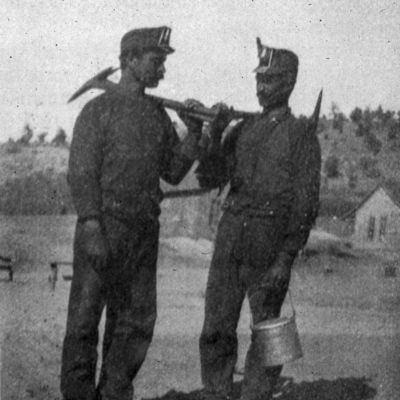
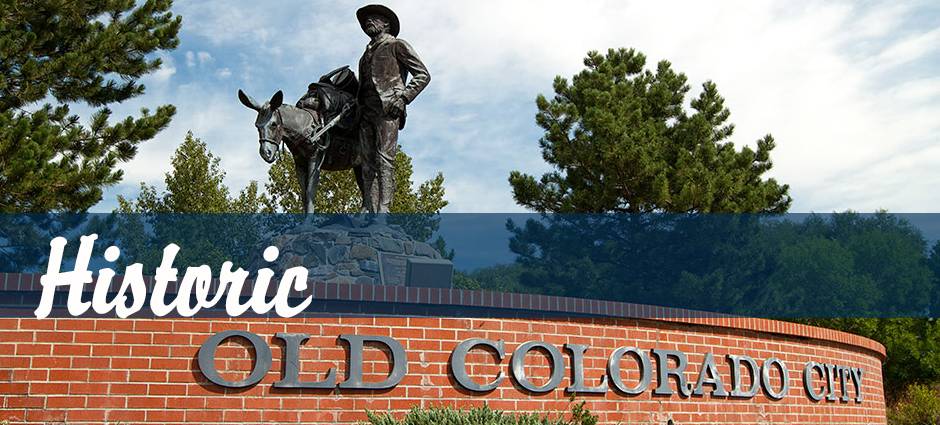
Old Colorado City was once a rough and tumble town of the wild west, fueled by gold miners and entertainment. Now, this beautiful westside neighborhood boasts tree-lined sidewalks and dozens of unique local shops, galleries and restaurants. We’ve uncovered 10 unique facts about this amazing historic town located in West Colorado Spring!
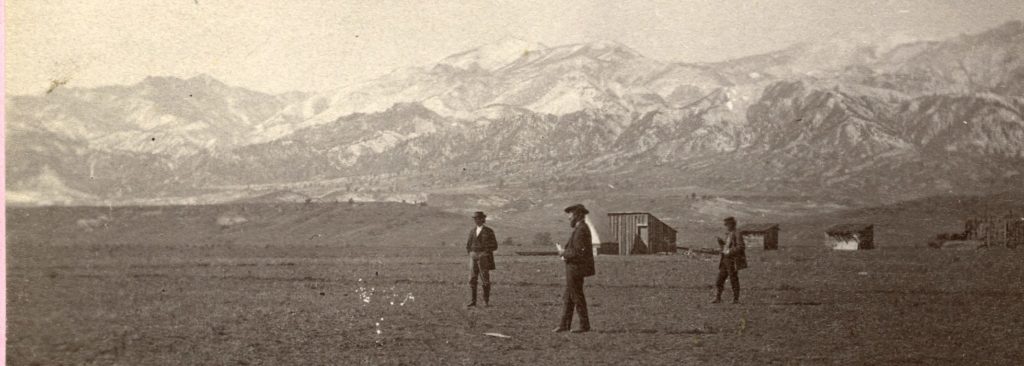
Due to the gold rush, Colorado City was briefly known as El Dorado, which literally translates to “a place of fabulous wealth or opportunity.” However, the founders of the town ultimately decided on the name Colorado City because of the prominence of red rocks in the area. The word Colorado means “blushing” or “red” in Spanish. (The most famous of these red rocks are located in Garden of the Gods in Colorado Springs.)
Colorado City sent two representatives to Washington D.C. to lobby for the name Colorado. The town founders thought using the name Colorado for the territory would help promote their town. Possible names included Jefferson, Pikes Peak, and Montana. However, the lobbyists were successful, and that’s how Colorado got its name!
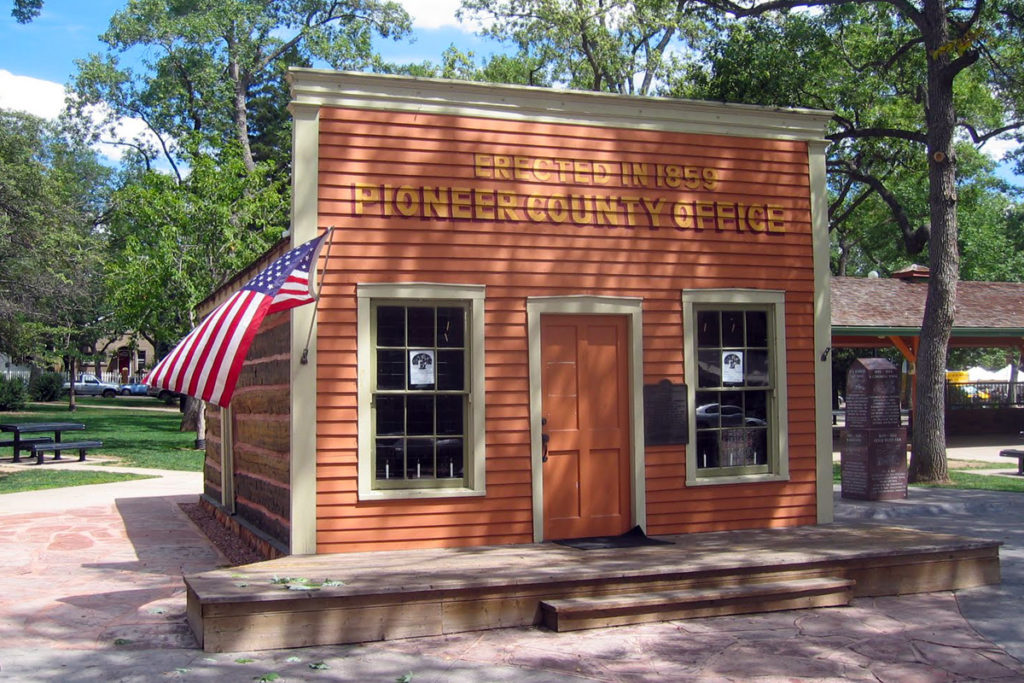
Not only was Colorado City the first permanent town of the Pikes Peak region, but it was also briefly the Capital of the Colorado Territory. The first territorial legislature met there in 1861. However, when the second legislature met there the following year, they found the one-room small log cabin to be inadequate and far too small for the growing territory. They decided to pause their meetings and re-convene in Denver. That small log cabin still stands today on Colorado Avenue located in Bancroft Park.
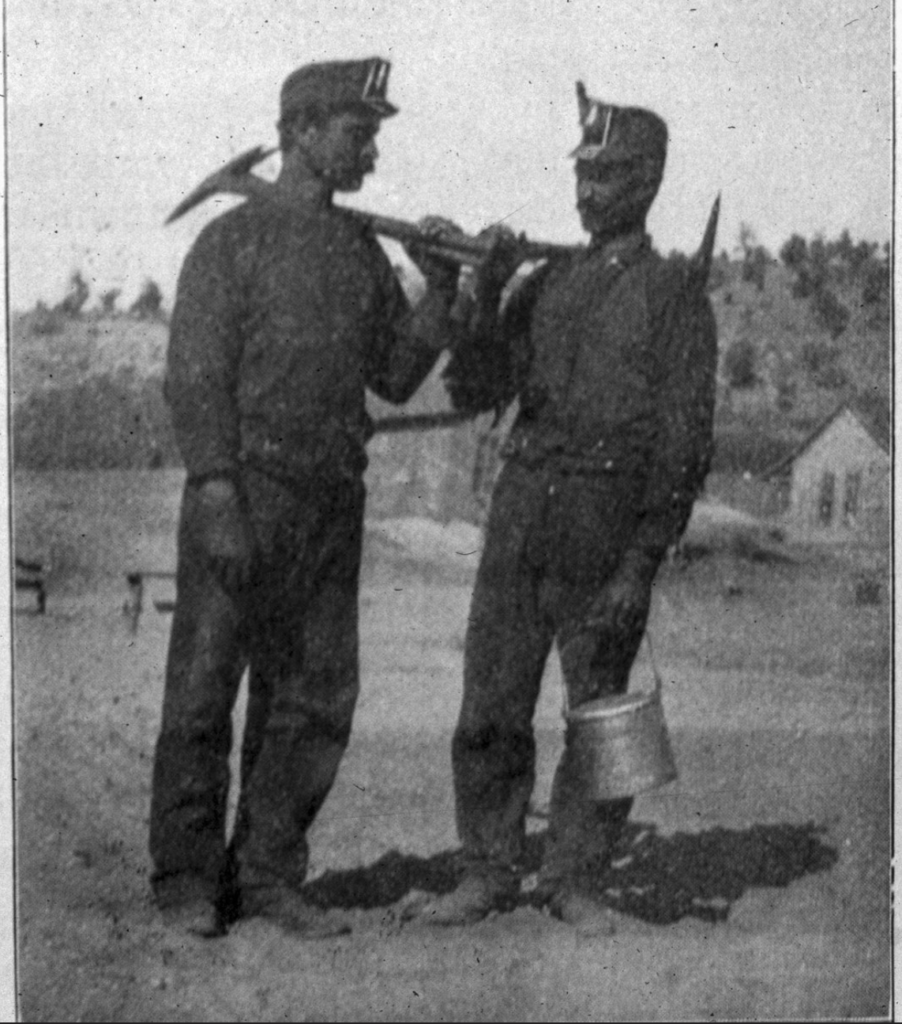
Colorado City was founded in the heat of the Pikes Peak gold rush in 1859, one year after Denver, and a full 17 years before Colorado was formally deemed a state. In the early years, gold and silver miners would stop in this tiny down at the base of Pikes Peak to buy supplies including pickaxes, dynamite, and sluice boxes. No one stayed for long, except to spend the night, visit the local cantina, and then catch a ride on the Colorado Midland Railroad, which is why the town never really grew more than a few hundred residents over the first few decades.
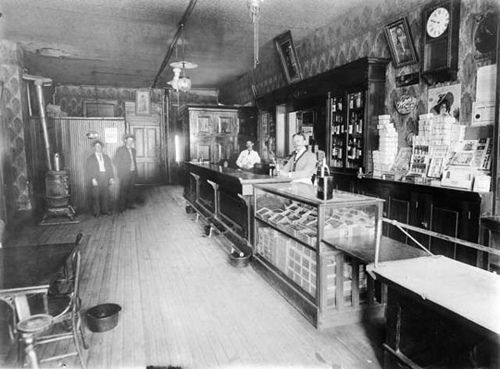
Colorado City was infamously known as a “watering hole” during its early years. This was due indirectly to the fact that the founder of Colorado Springs, William Jackson Palmer, was a staunch teetotaler. Palmer believed that alcohol corrupted a man and therefore founded Colorado Spring as a “dry” city. This in turn caused the saloons, brothels, and opium dens just one mile west in Colorado City to see a serious uptick in business. Tunnels were dug underneath Colorado Avenue so that men could enter these seedy businesses without being seen. However, after the railroad came to town in 1883 and spurred growth in industry and population, there began to be crackdowns on these illicit businesses.
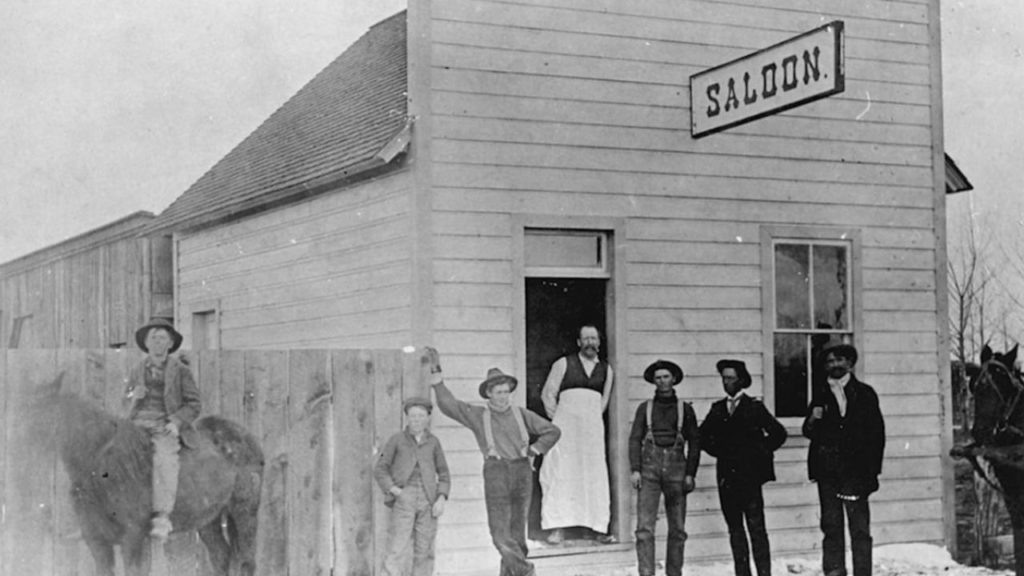
For a town that thrived on, shall we say “entertainment,” Colorado City’s economy took a hard hit in the years leading up to Prohibition. The local residents were no longer pleased with the town’s tarnished image wanted things to change, and so they voted in 1913 to ban the sale of liquor. The “wild west” days were now a thing of the past, but with the town’s struggling economy, the town couldn’t make it on its own. The annexation of Colorado City into Colorado Springs became official by vote in 1917.
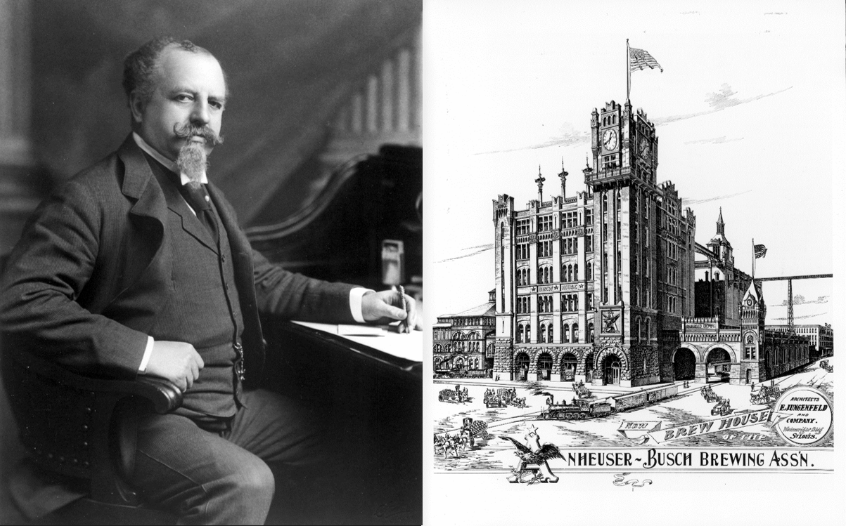
Colorado’s history in beer-making is long, and at least one major brewery had a small operation in Colorado City. Likely drawn by the pure mountain water and the mineral springs in Manitou Springs, Adolphus Busch of Anheuser-Busch not only started a brewery but also bought The Colorado City Glass company to bottle his beer in 1893. Today, Anheuser-Busch has a large brewing facility in Northern Colorado and is headquartered in St. Louis, Missouri.
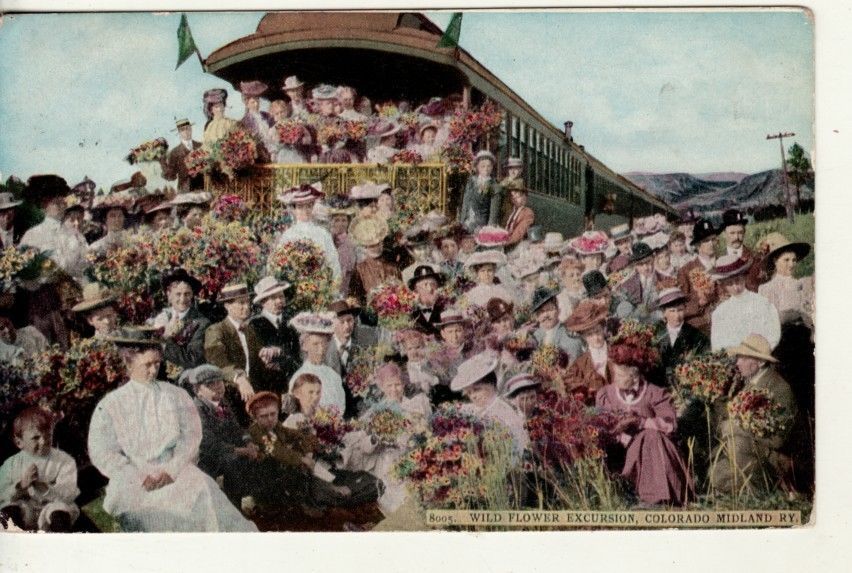
The Colorado Midland Railroad, which extended from Colorado City up Ute Pass to Leadville, Aspen, and Glenwood Springs, was primarily used a freight line to carry loads of ore, lumber, and coal. But the train’s founder, J.J. Hagerman, knew that the beautiful mountain scenery was a draw for tourists and started offering wildflower picking tours up to Lake George. It proved to be a lucrative business.
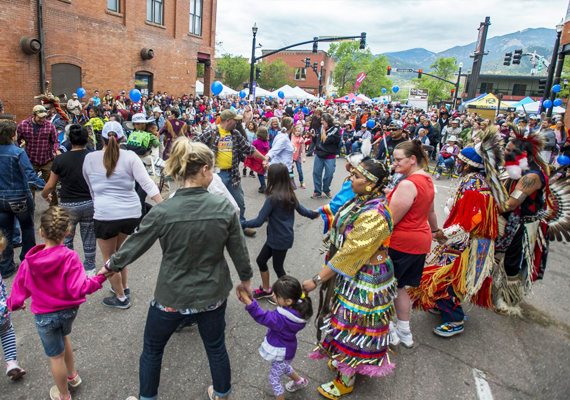
Territory Days is Colorado’s largest street fair that started more than 40 years ago. It is held during Memorial Day Weekend and attracts thousands of visitors. This fair celebrates all things Colorado and Wild West, combining live music, art, education, local beer, and food. Plus, dozens of unique vendors from around the world line the street selling their wares. And the best part, admission is completely free!
In addition to Territory Days, Old Colorado City also hosts several fun events throughout the year including Art Walks, OCC in Bloom, Aspens on the Avenue, Boutique Week, Fallidays, Small Business Saturday and Christmas Stroll.
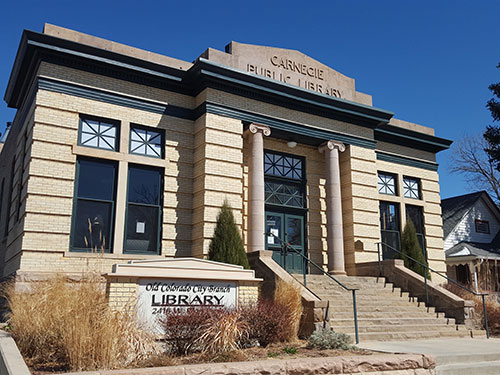
Andrew Carnegie, Scottish-American businessman and philanthropist, funded the construction of 1,689 libraries throughout the United States between 1883 and 1929. Though the library’s first collection of books was purchased with a generous $1,000 donation from a local woman in 1896, the library got a new and upgraded home due to one of the many Carnegie grants in 1904. When Colorado City was annexed into Colorado Springs, the board of directors sold the library to the Colorado Springs Library for $1.00. This modest library is still open today and sits directly across the street from Bancroft Park.
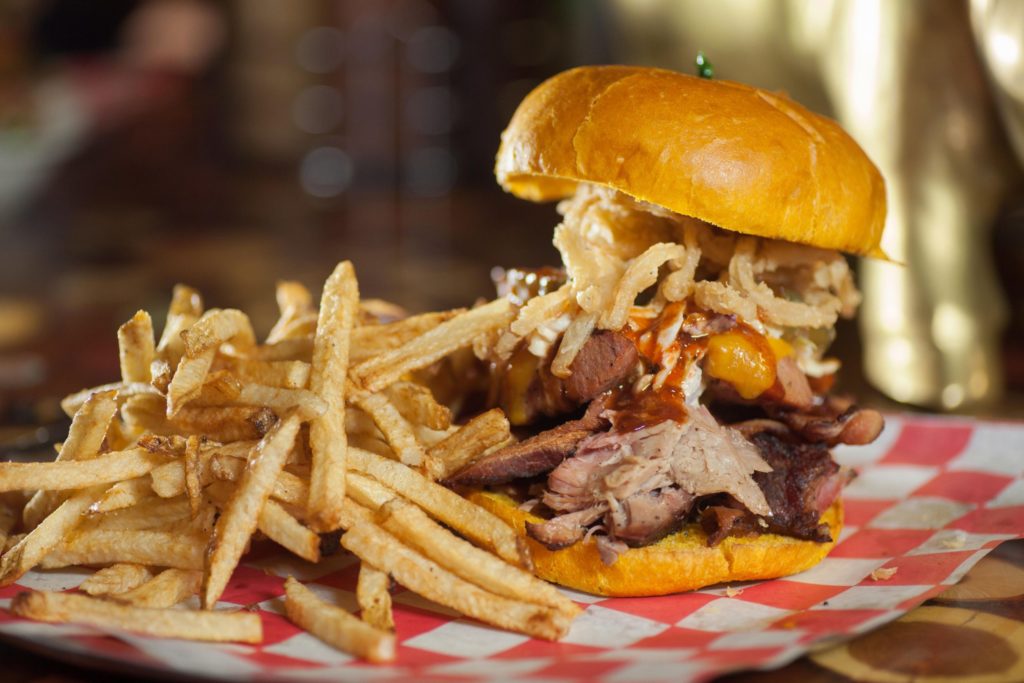
Both Front Range Barbeque and Mountain Shadows Restaurant in Old Colorado City have even been featured on TV. If you’re planning a day in Old Colorado City, we suggest you begin your morning with a mouth-watering giant cinnamon roll from Mountain Shadows. Then, after burning some calories touring the sites, head to Front Range to enjoy a hearty plate of Colorado BBQ for lunch. We recommend the Sloppy Pig, which is the sandwich Guy Fieri tried during his visit!
Maybe you’re a history nerd like us! Our weekly food tours explore the rich history of Colorado Springs, Manitou Springs, and Old Colorado City. Want to hear more? Sign up for a tour, and we’d love to entertain you with fun stories and interesting facts! Plus, you’ll get to sample some pretty delicious food and drink, too.
Cheers, Your Rocky Mountain Food Tours Team
(So, what’s a food tour, anyway…?)
attractionseditor's pickevents & holidaysgift ideashistorylocal diningtours we've takentravel
We write a new blog article every two weeks! Stay on top of foodies news in Colorado Springs, plus be the first to hear about new food tours and receive exclusive discounts.
Notifications